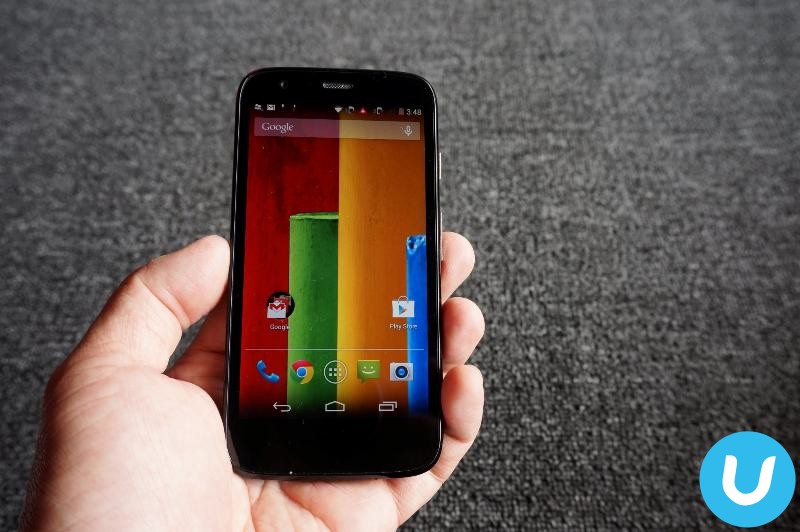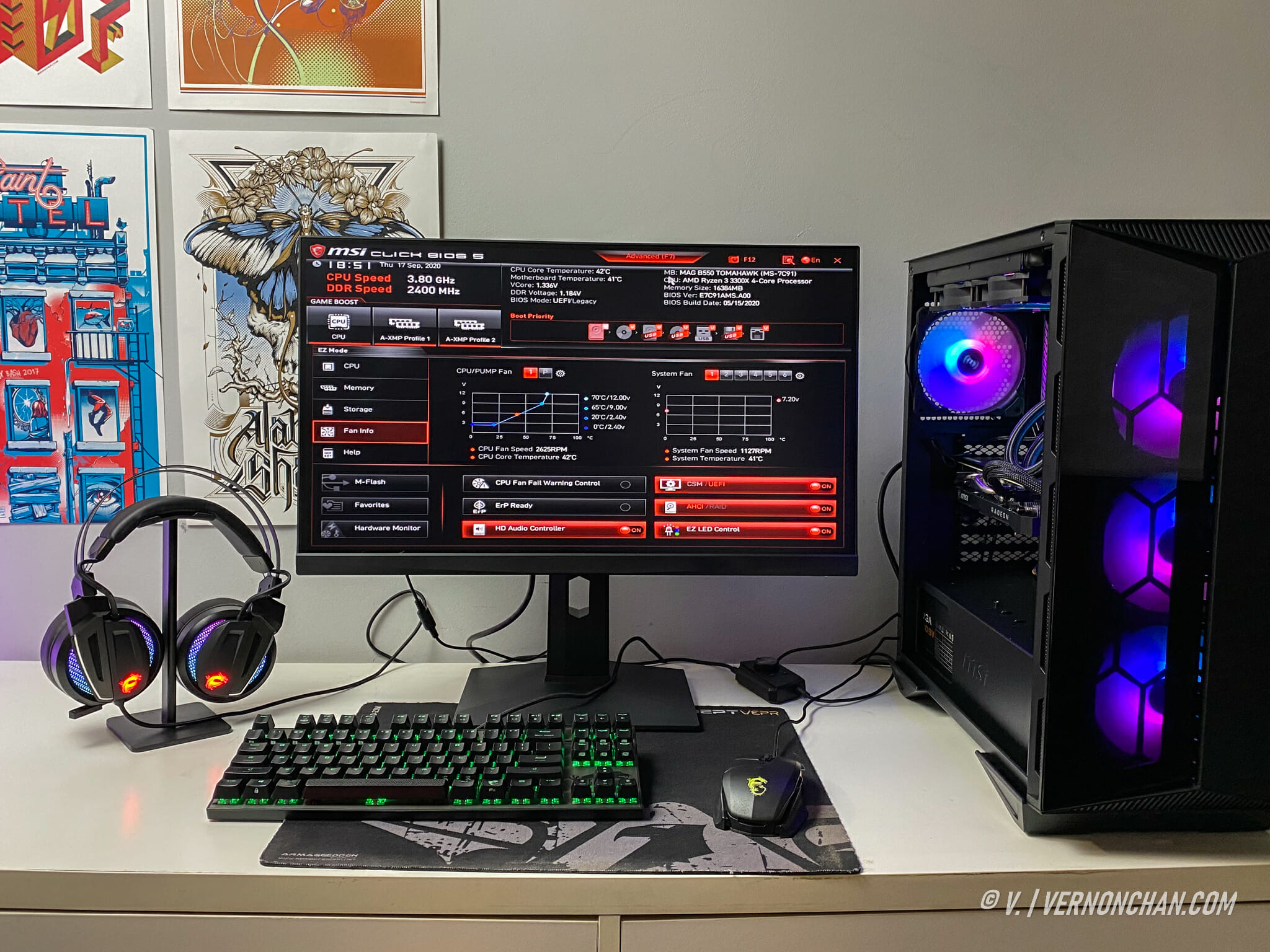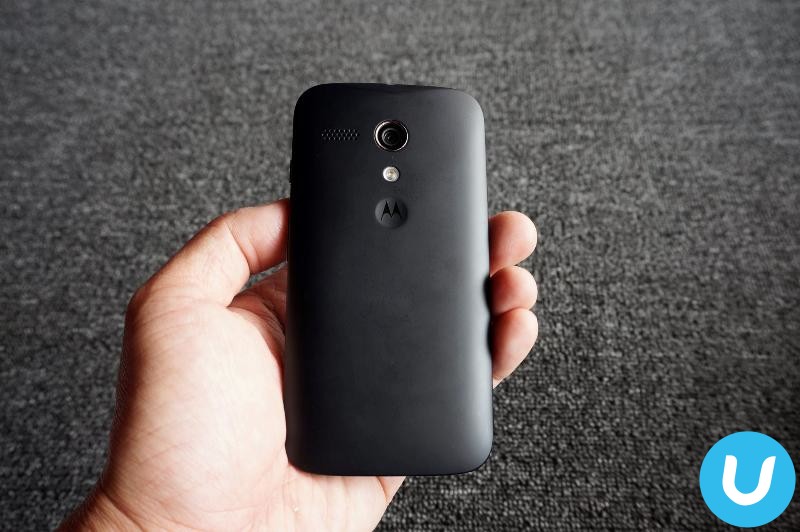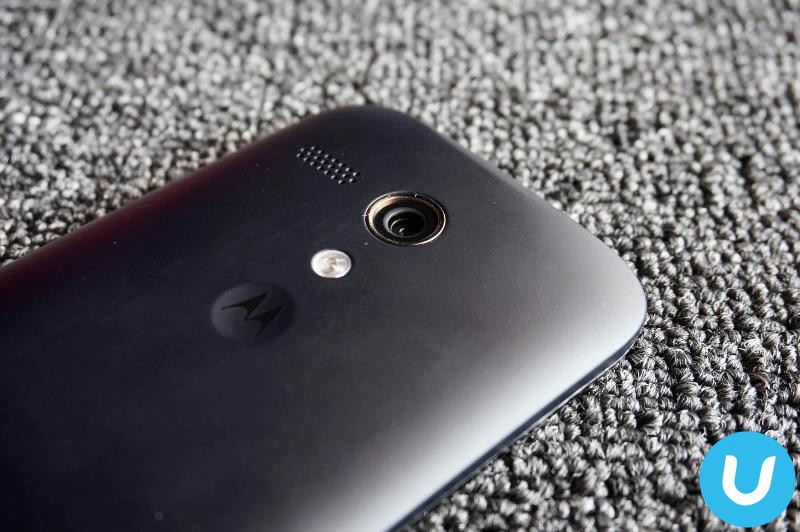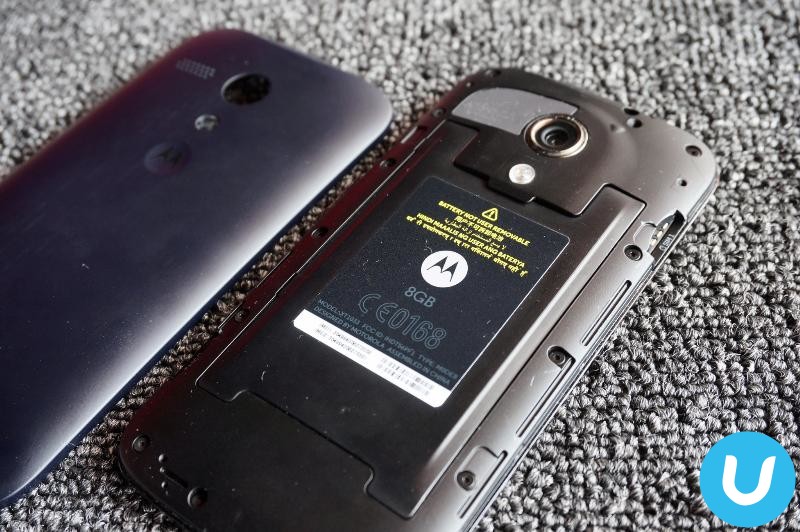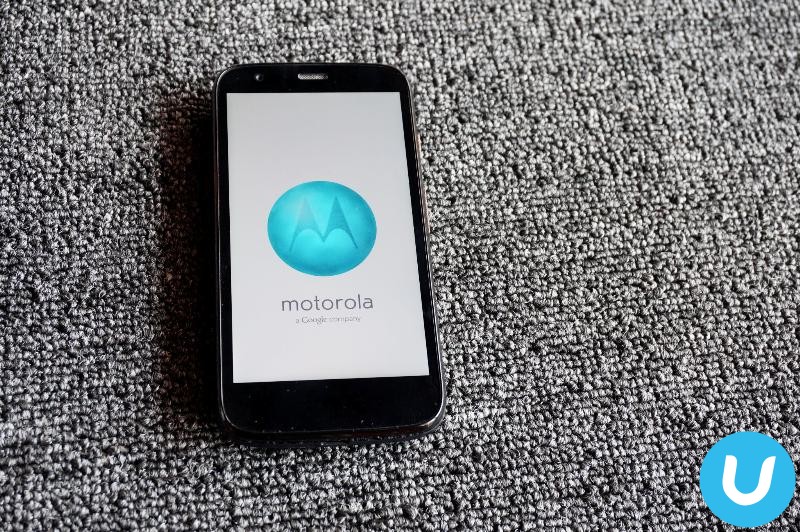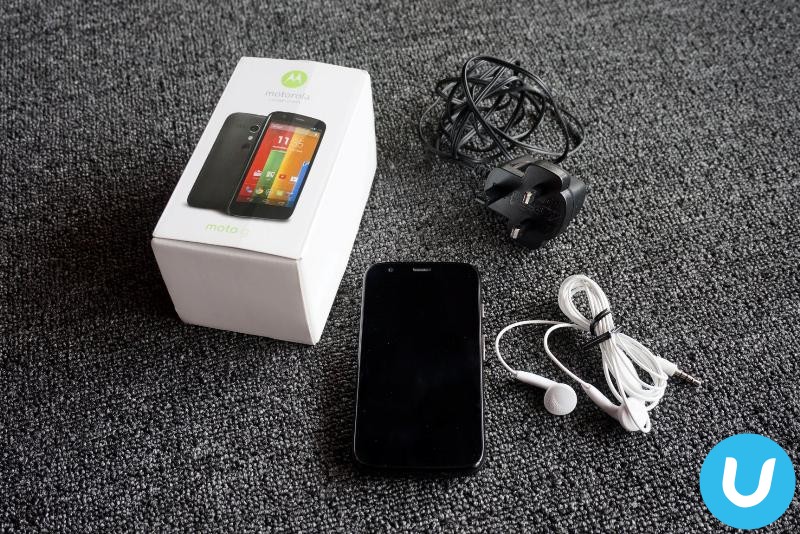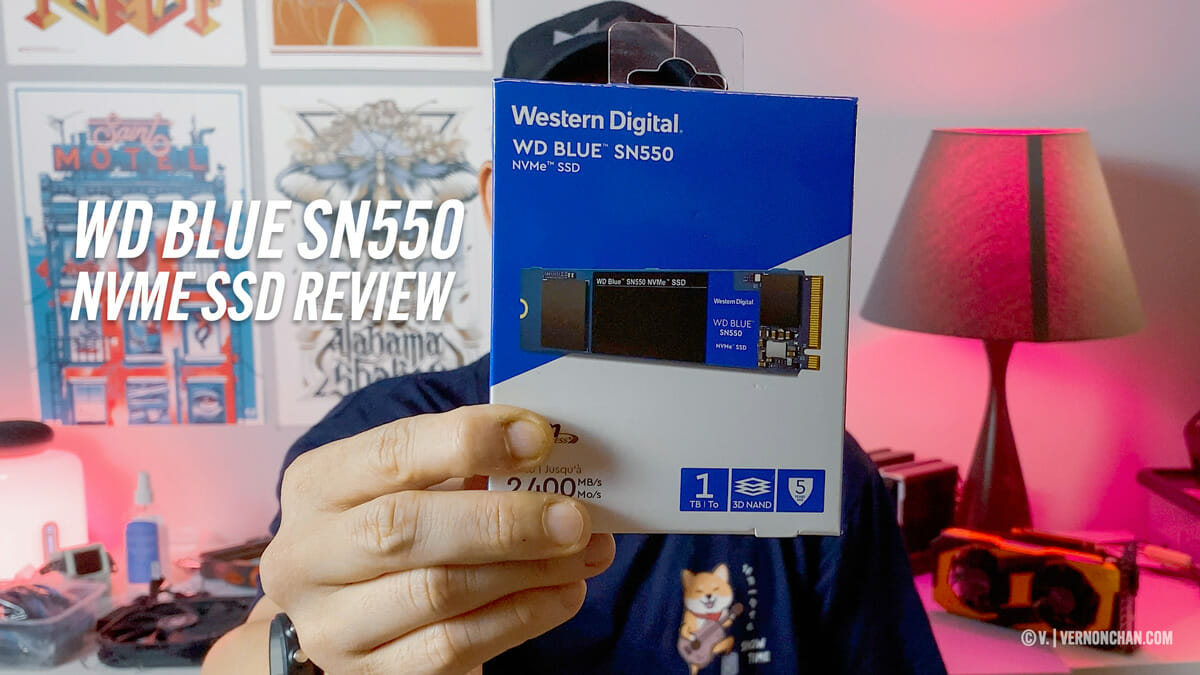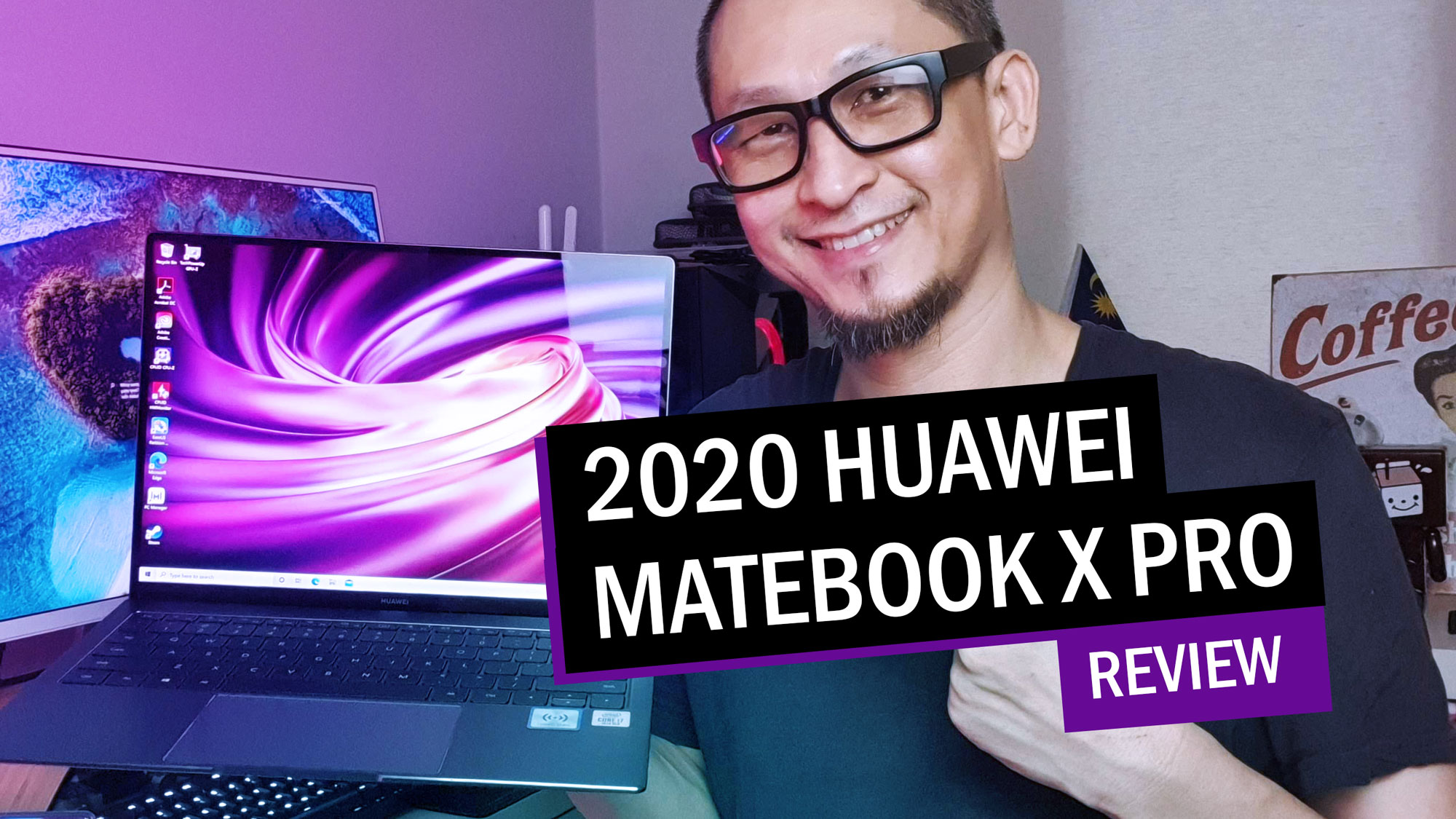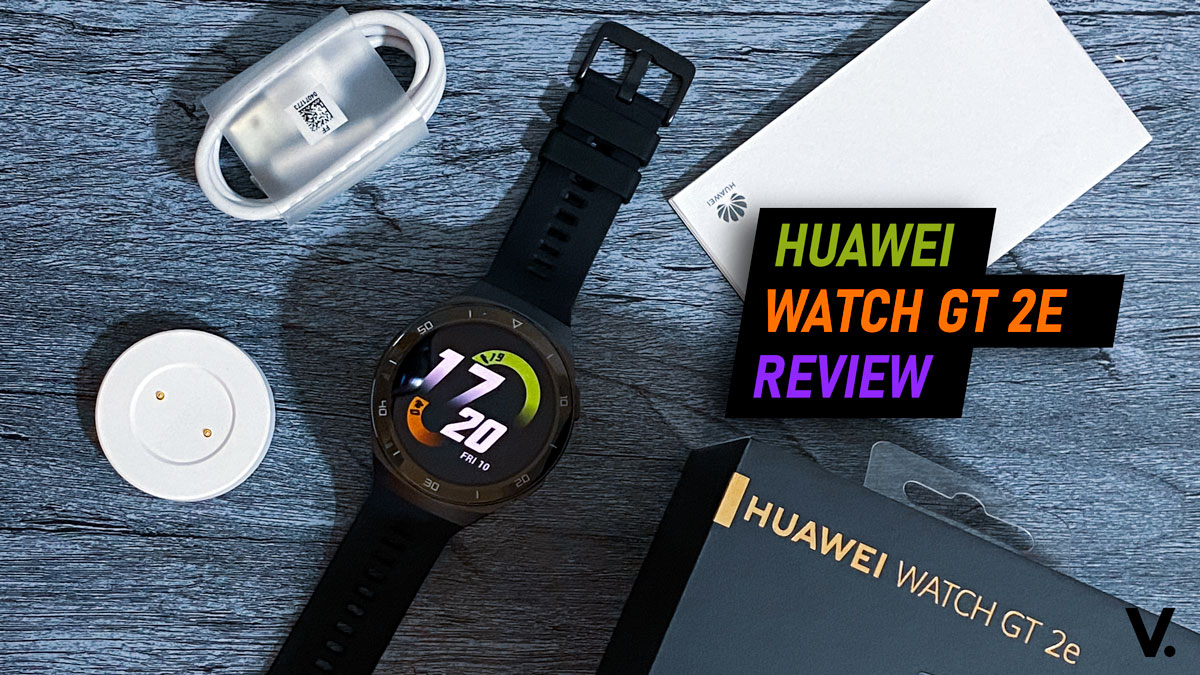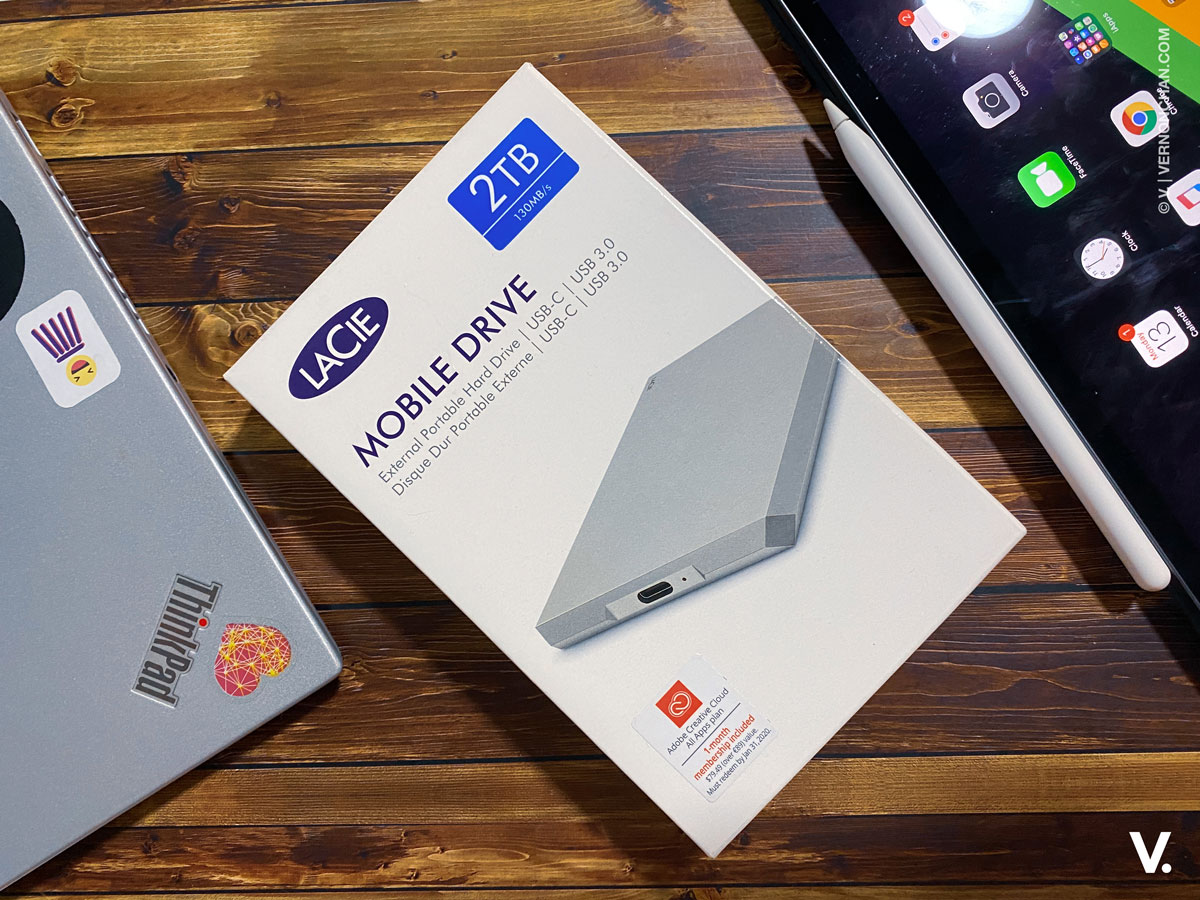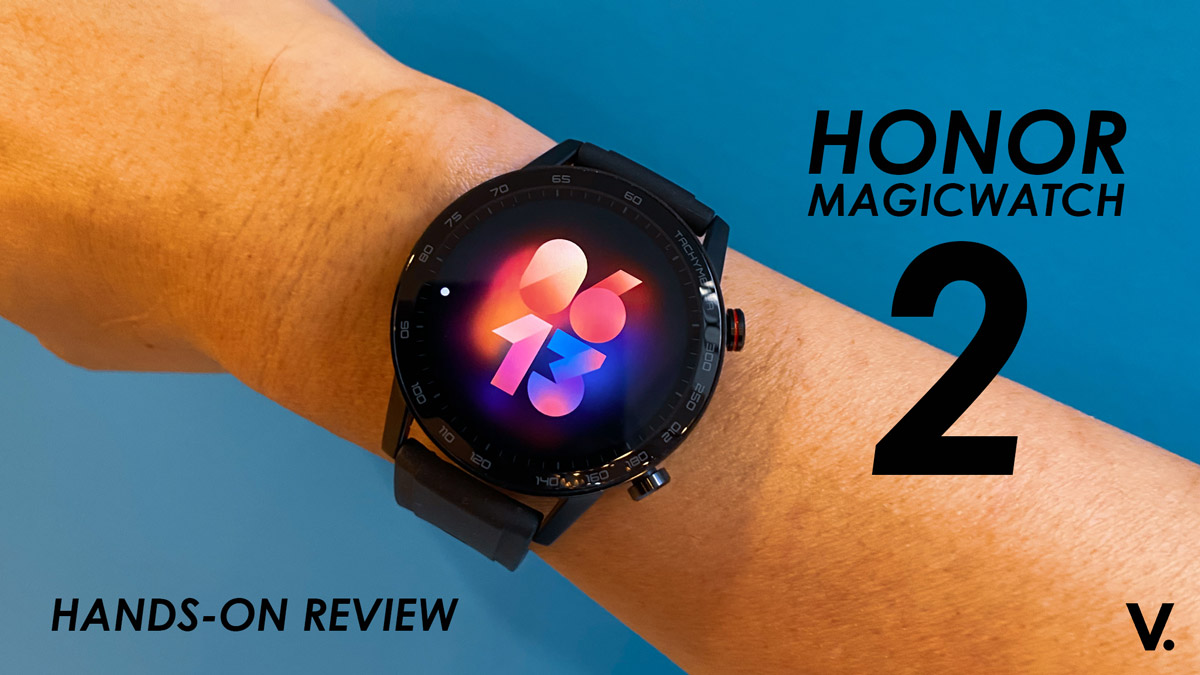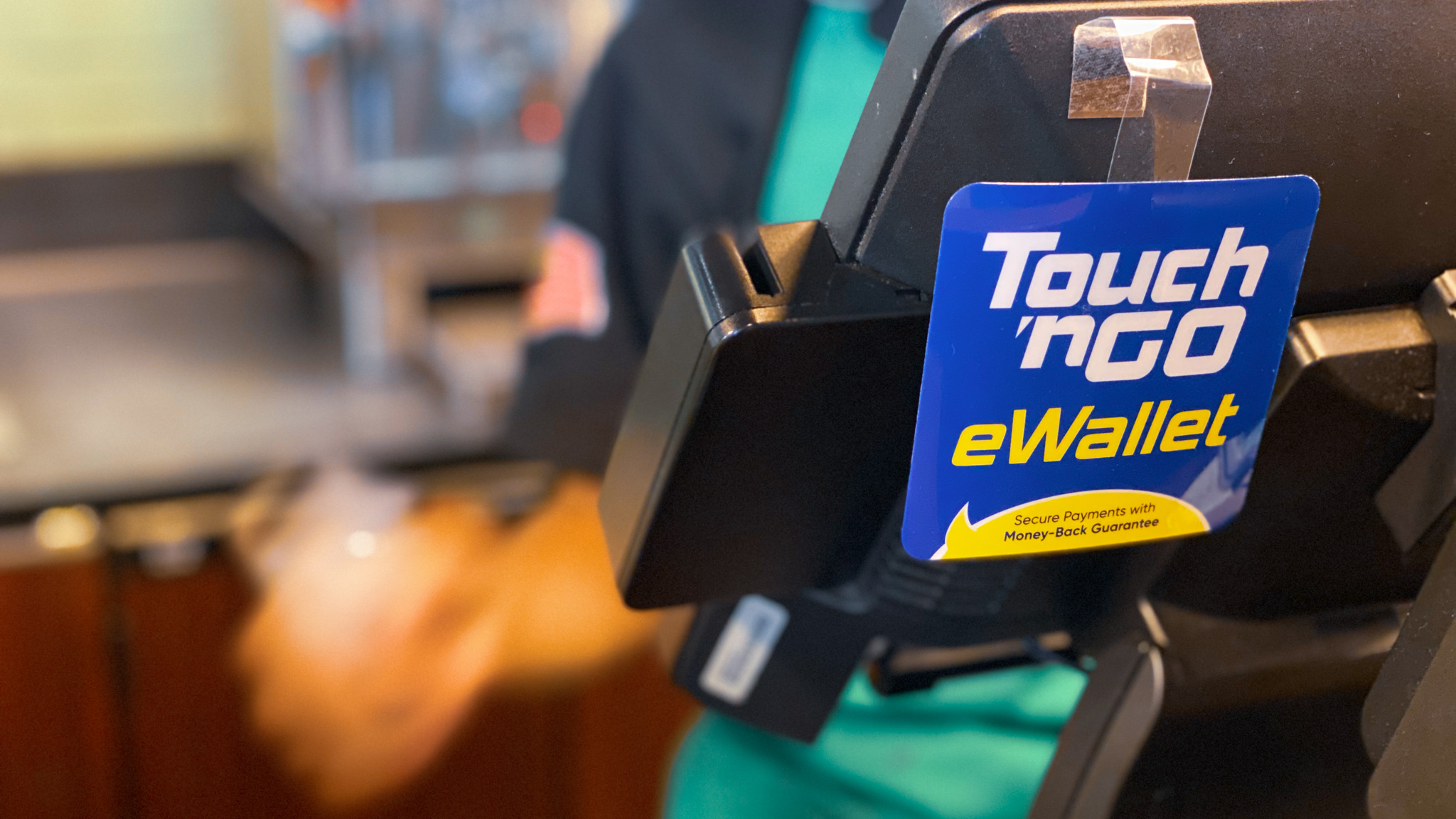It’s been a while since I last reviewed a smartphone so it was with great anticipation that the first smartphone I got a chance to play around with after all these years was Google’s first (but sadly the last smartphone) budget-conscious smartphone, the Moto G.
For those who may not know, Google first bought the iconic Motorola’s handset division back in Aug 2011 for US$12.5 billion only to sell it to China’s Lenovo for US$2.9 billion in some two years later in January 2014.
Before I get into the specifics, I’d like to make one general observation. Over the past few years, there has been amazing progress in how handsets have made their way into the market in terms of specs, material used to make them, the speed of operation, and the software features that come with these devices.
And the Moto G is no different in this respect.

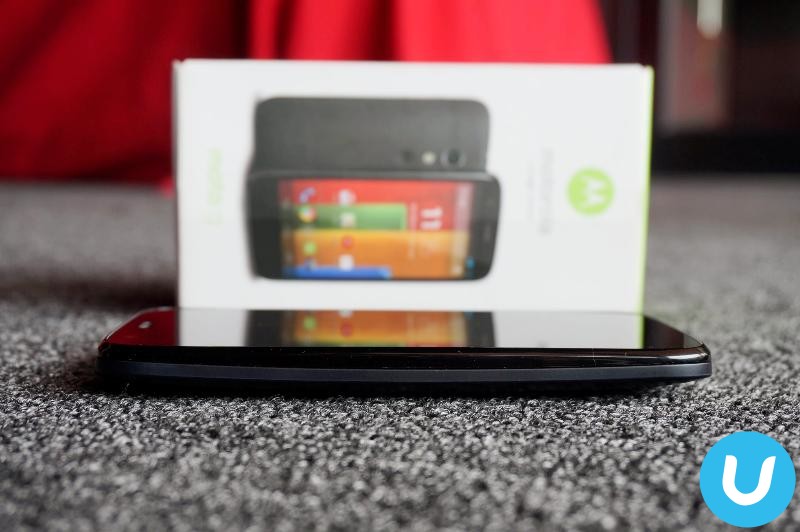
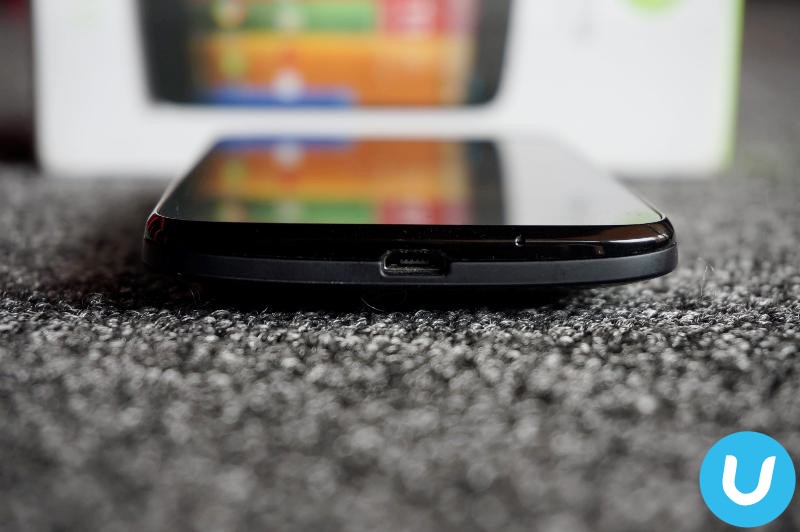
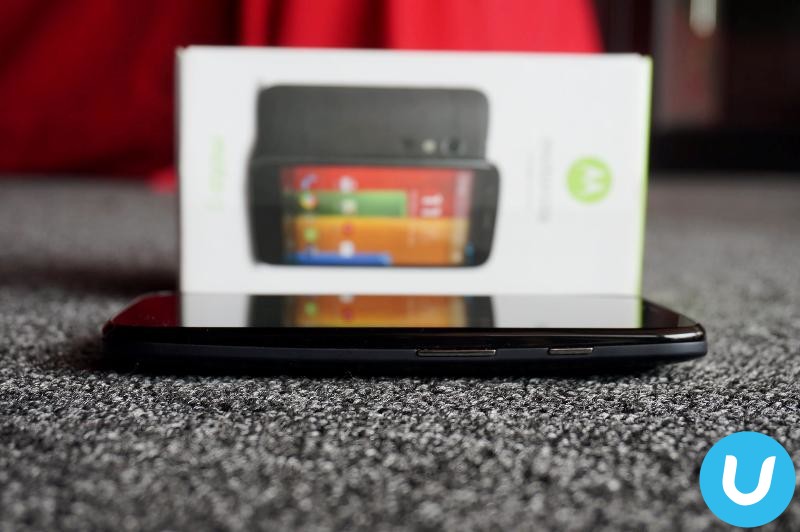


Design and build
The first thing that struck me about the Moto G is that it’s a very solidly built smartphone despite the price tag. Whilst you would expect the build quality to be similar to that of the budget smartphones built with cheap plastics in the market, the Moto G is anything but.
Holding on to it gives me the assurance that the handset is solid and not tacky nor loose in any way. The thickness of the back cover also lends to this overall solid feel. Opening this cover also reveals that the internals are pretty well built.
The smartphone also comes with seven vibrant colour choices for the back cover, making it one of the most customisable handsets in the market.
The design of the Moto G is quite unique. In these days, most smartphone backs are flat but the Moto G follows the same design as its older sibling – the Moto X. The back is curved and at the thickest point of the back, it measures at about 11.6mm. This is slightly thicker than most other smartphones in its class, say the Samsung Galaxy S4 Mini at about 3mm less.
But in reality, the thickness is hardly noticeable and what’s more important, IMHO, is that the curved back lends an ergonomic feel, as my palm isn’t exactly flat when holding on to the smartphone.
Two desirable specs that have made it into the Moto G’s are the screen size, measuring 4.5-inch and its resolution. At 1,208 x 720 pixels, this works out to a screen density of 329 ppi (pixel per sq inch), making it one of the best in its class. For comparison, the iPhone 5 Retina display has a screen density of 326ppi.
The phone also supports 720 HD video, which is a nice touch.
Complementing the high screen specs is the fact that the screen is made with Corning Gorilla Glass, making it scratch resistant – a real plus point for a phone at this price.
But as great as it sounds so far, the Moto G isn’t without some shortcomings. I found the smartphone a tad heavy compared to its competitors as it came weighing in at about 143g compared to say an iPhone 5S at 129g and the larger Nexus 5 at 140g.
The Moto G also did not come with a Long Term Evolution (LTE) radio chipset, which means it’s not future-proof in that it will not support the up-and-coming faster wireless networks and will instead top out at 3G speeds.
I also found the 5-megapixel (MP) rear facing camera a tad disappointing given that some rivals have 8MP camera at almost the same price range, as with the lack of an additional SD memory card expansion slot, given that the Moto G comes only in 8GB or 16GB variants.
Performance
The first thing I want to say about the performance of the Moto G is that it is simply blinding fast.
The heart of the Moto G is Qualcomm’s latest low-power processor, the 1.2GHz, quad-core Snapdragon 400, albeit only saddled with 1GB RAM instead of the usual 2GB option that others have. Though only 1GB, the 1.2GHz Cortex A7 chip is why I believe the smartphone is super responsive.
Aiding its speed must be the fact that the Moto G has been designed to really take advantage of the latest Google Android software, ‘KitKat’ version 4.4.2. My review unit came in with Android 4.3 but upgrading to the 4.4.2 version was real easy to do.
Practically speaking, moving between screens was a real breeze as with opening, swapping and closing applications. The native Chrome browser really loads up quickly making it a real joy to surf the Net.
Next noteworthy mention is battery life. Again, the Moto series of phones have been known to have one of the best-in-class battery life and I’m happy to report that this is proven to be true in all my tests.
Armed with a 2,070 mAH battery, the constant usage of WiFi, mobile data, surfing, checking emails, playing with productivity suites like Evernote as well as playing music in the background plus playing a few games in between did eke out between 16 and 18 hours of battery life on a single charge.
The weekends were better as usage was a lot less and I could have mustered a whole 30 or so hours from the Moto G.
That’s truly impressive.
In fact, I would say that if speed and long battery life are what you’re looking in your next upgrade, look no further, especially given the price point.
Kudos to Motorola for bringing us a smartphone that just concentrates on being a smartphone. While some may find the plain Jane Android KitKat experience boring in favour of Samsung’s TouchWiz or HTC’s Sense UI, I for one believe that the plainness of it all is actually a huge advantage compared to these other bloated handsets.
As for screen performance, I found that the screen lives up to its specs, with images crisp and clear and the colour bright and vivid. Photographs were pretty sharp and clear too while the view from a variety of angles was also good, albeit in lower megapixels.
Features
The Moto G isn’t big on features save for two noteworthy ones. The first is the Moto Migrate, a nifty piece of software that helps you transition from other Android phones pulling contacts, call history and text messages, photos and videos wirelessly to your new phone.
The second is Motorola Assist, which plugs into your calendar thereby silencing your phone when you’re in meetings. I found this implementation a tad disappointing, as it did not have enough control over the settings such as support for multiple calendars.
The Moto G also comes equipped to handle dual SIM cards, which might be useful for those who have two phone numbers. Some might consider this a real plus point, but for me one SIM card would suffice.
Pros
- Lightning responsiveness
- Excellent battery life
- Good screen quality, size
- Great build quality
- Great value for money
Cons
- A little heavy for its size
- Only 5MP camera
- Only up to 16GB of storage; no SD expansion slot
- Plain vanilla Android KitKat may not excite some
- Lack of accessories like covers, screen protectors
Specs at a glance
- Supports GSM, 3G; no support for LTE
- Processor: 1.2 GHz quad-core Qualcomm Snapdragon 400
- Screen: 4.5-inch, 720 HD Display
- RAM: 1GB
- Storage: 8GB or 16GB
- Operating system: Android KitKat 4.4.2
- Camera 5-megapixel rear; 1.3MP front
- Connectivity: WiFi (n), Bluetooth 4.0, GPS
- Dimensions & weight: 65.9 x 129.9 x 11.6mm; 143g
Full specs here from Google.
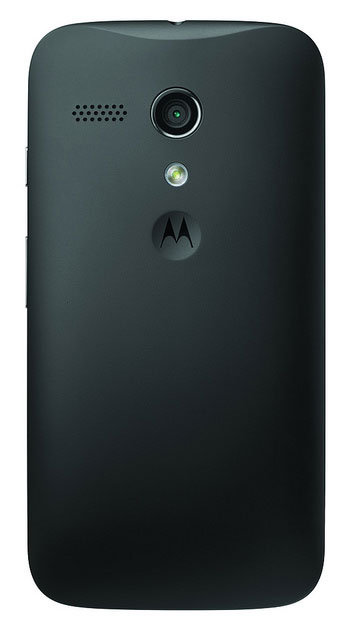
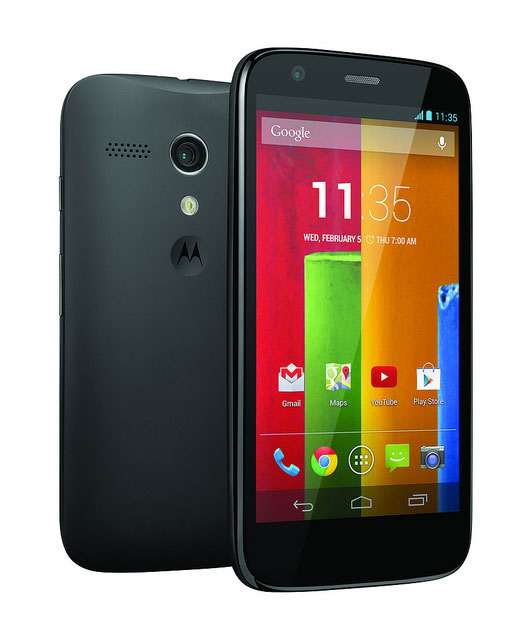
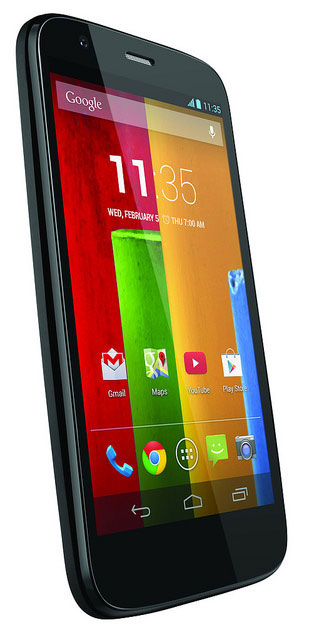
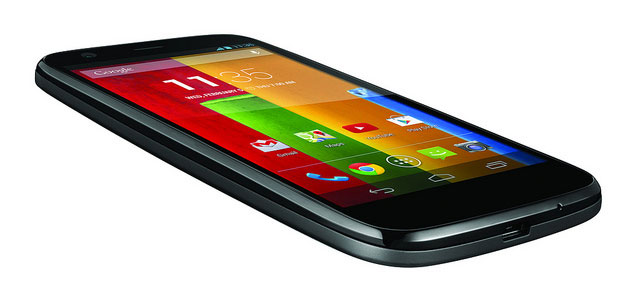
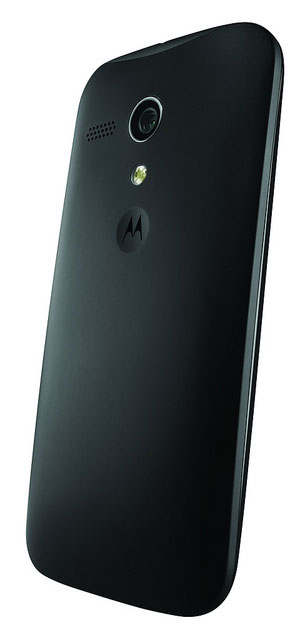
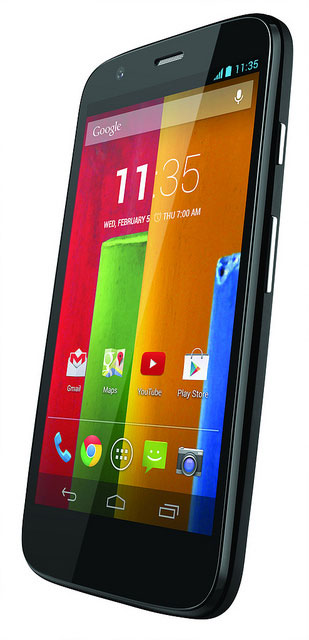



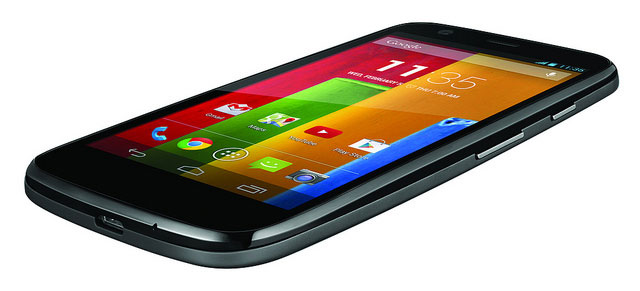
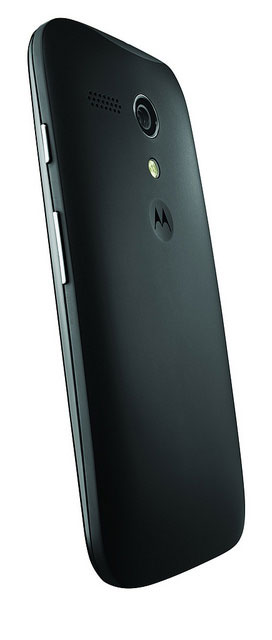
Verdict
Overall, I feel that the Moto G is a real winner given the price it’s being sold at. IMHO, Google has done well to go back to the roots of why we all purchase a smartphone in the first place – to be connected to the Internet, engaged in productivity, communications, while having a little bit of fun here and there.
In this respect, the Moto G surpasses most smartphones at this price point and is a real bargain for those in the hunt for a sub-one thousand ringgit quality smartphone.
It definitely should be one of your top selections on your shopping list.
Pricing and availability
The Moto G’s recommended retail price is RM798 for the 16GB model and RM688 for the 8GB model. You may want to check out DiGi, which is offering the Moto G for free if you sign up with a data plan. Do also shop around online as some e-commerce sites such as Lazada also offers the unit at discounted price with doorstep delivery available.


